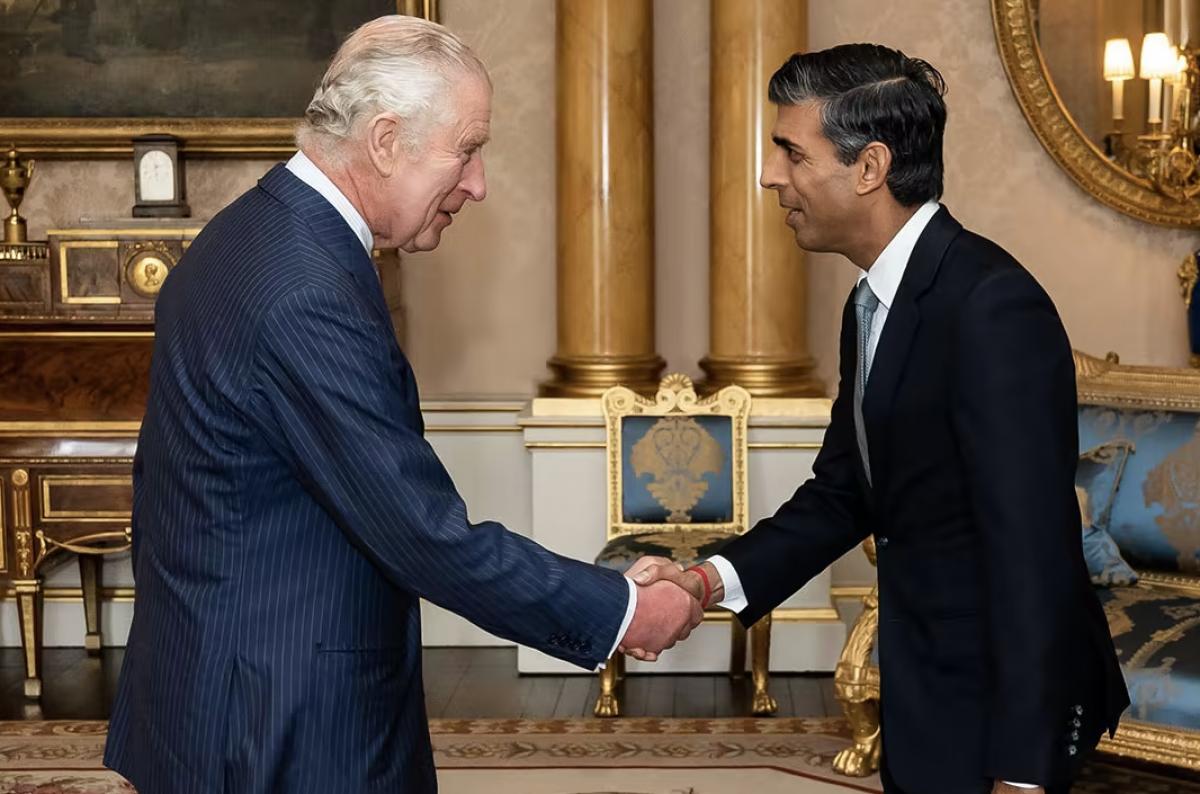The recent resignation of British Prime Minister Liz Truss after only six weeks in office prompted me to think about the trauma associated with forced changes in leadership be they at the highest levels of government, in the corporate world, or at non-profit organizations.
Over many years, as a trustee or director of several organizations I have been privileged to be a participant in, and observer of, board culture.
There is little doubt that the most important step a board ever takes is to choose its leader—chief executive, president or whatever title may be given to the person in charge
There also is no doubt that most boards absolutely shudder at the notion of having to fire their CEO. They have invested too much in that person, not just in money, but in time and personal relationships. They approved strategic plans presented to them, financial arrangements, deals that were recommended, and key personnel who were hired.
But, as time went on, board members became dissatisfied with the leadership. At a business, sales were not hitting forecasts. At a college, enrollment was sharply down. There was too much talk about process and not enough action. Performance of certain individuals on the management team was disappointing. There was a growing sense that the organization was losing its direction, losing money or straying from its mission.
What is the board to do? Most boards have small subcommittees that have a special relationship with the CEO, a group that provides an annual review, advises, recommends, encourages, dissuades, flags missteps, tries to keep the leader on course. It’s a good venue for explaining concerns and renewing expectations.
But many organizations, particularly small, volunteer–driven ones, don’t have such formal mechanisms. When the trustees are confronted with executive actions that make them uncomfortable there is not an easy way to deal with the leader.
Things fester. Individual board members begin to tell themselves that the organization needs a fresh start, a new person at the helm but making that decision is so painful that action is delayed.
Finally, the accumulating doubts about leadership are evident among nearly all board members and the difficult decision is made to sever the relationship with the CEO.
And the process begins again—searching, interviewing, vetting, negotiating, hoping that this time the new leader will be better than the one before.
Can this trying circumstance of delay and procrastination in dismissing a chief executive be avoided? Maybe not in every instance. However, on nearly every board there are one or two, thoughtful, dedicated members who are willing to step up at the early signs of difficulty to make the case for change and urge a course correction before years of time, money and psychological energy are wasted on a leader who is not able to fulfill the opportunity he or she was given by the board. The advice of such individuals needs to be taken seriously and acted upon without delay.
Yes, it is difficult to dismiss a leader. It is even more difficult to retain someone who cannot meet a board’s expectations.
Ross Jones is a former vice president and secretary emeritus of The Johns Hopkins University. He joined the University in 1961 as assistant to President Milton S. Eisenhower. A 1953 Johns Hopkins graduate, he later earned a Master’s Degree at Columbia University’s Graduate School of Journalism.



Write a Letter to the Editor on this Article
We encourage readers to offer their point of view on this article by submitting the following form. Editing is sometimes necessary and is done at the discretion of the editorial staff.